
Arif wafayee
When the Republic government fell on August 15, 2021, And the Taliban seized power in Kabul, Hazras faced tithe, and taxes by the Taliban. They also were displaced forcibly from Urozgan, Daikondy, Ghazni, and Ghor provinces.
These measures, incited by the Taliban supporters and Kochis, made many Hazaras to leave the country and migrate to the neighboring countries including Iran and Pakistan. Following these pressures and humanitarian catastrophes, Hazaras are currently facing the new Kochis attacks on Hazarajat.
Kochis have attacked stronger than before and supported by the Taliban on Nahoor, Lalwasarjangal, Jaghto, Malistan, Daimirdad, Behsood, Khedir and Shiakh Ali districts seizing the pastures of the local people, destroying their agricultural lands and stretching their aggression to Bamyan, Daikondi and Ghor provinces.
Kochis, this time, have not gone to the Central Highlands for pastures, but to seize the lands of the local people, displace them forcibly and ensure the land grasping policy.
Hazaras have kept silent due to the Taliban government and has no options but to tolerate the forcible displacement, suppression, land seizure, torture, illegal killings, and Kochis aggressions.
In addition to Taliban and Koschis problems, draught is another serious natural disaster making life too difficult got Hazaras and especially for the farmers and livestock owners for several years. It seems all of these problems have been united to make life more difficult for Hazaras.
As the price of livestock increased during the past two decades, people in Hazarajat focused more on livestock and it nearly changed to the first occupation of them in the villages. They then started growing forage and herbaceous including alfalfa, clover, and lentils due to a lack of sufficient pastures. Cattles usually are kept for 6 months at homes in Hazarajat due to cold and weather but now they shall be kept at homes in spring and summer too as the Kochis use their pastures.
Local farmers of Lalwasarjangal district of Ghor province told Jade Abresham that they had sold many of their animals in 2021 due to insufficient pasture and draught. “It is several years that People keep fewer animals due to insufficient pasture and draught. Last year, most of the wells of our village had no water, people faced severe challenges for water, both the people and their livestock did not have enough water.” Baqir one of the Villagers said. “People can’t collect enough grass and as a result, they face lack of grass During the winters which all the transportation routes are closed.”
“The level of water has decreased in our village and people can’t afford to dig the wells. Many agricultural lands are not used these years due to a lack of enough water. Some people have sold their cattle and some others hardly can provide grass for their animals. Currently, one kilo of grass costs more than 20 afghani in our village. Living life is too much difficult in our village now. Kochs also come to the area every year and they not only seize out pastures but springs, and subterraneanean including Sarab, Bozkasha and springs of Sangto, Garbid, Quchqul, and Qash kalan and cut the agricultural water from the farmers.
According to the above-mentioned problems, people in Hazarajat or Central Highlands face multi-dimensional challenges including aggression of Kochis, severe poverty, drought, high taxes, and tithe. If these problems continue, they will pose serious socio-economic challenges to the people who face drought, unemployment, the aggression of Kochis, and have taxes and tithe of the Taliban and their food depend on the UN agencies and international community aid organizations.


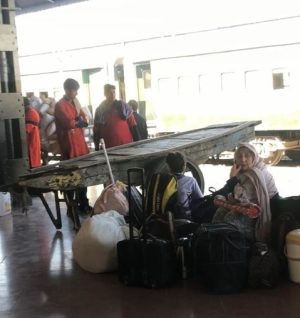
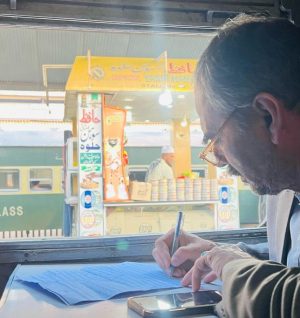

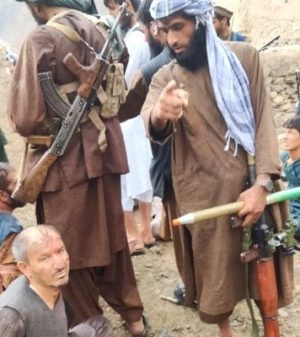
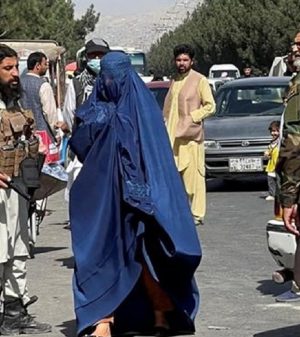

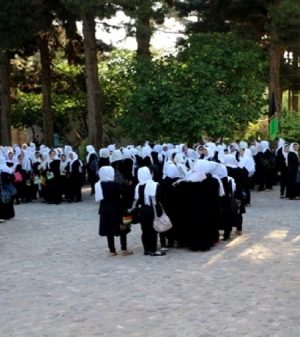
Add Comment